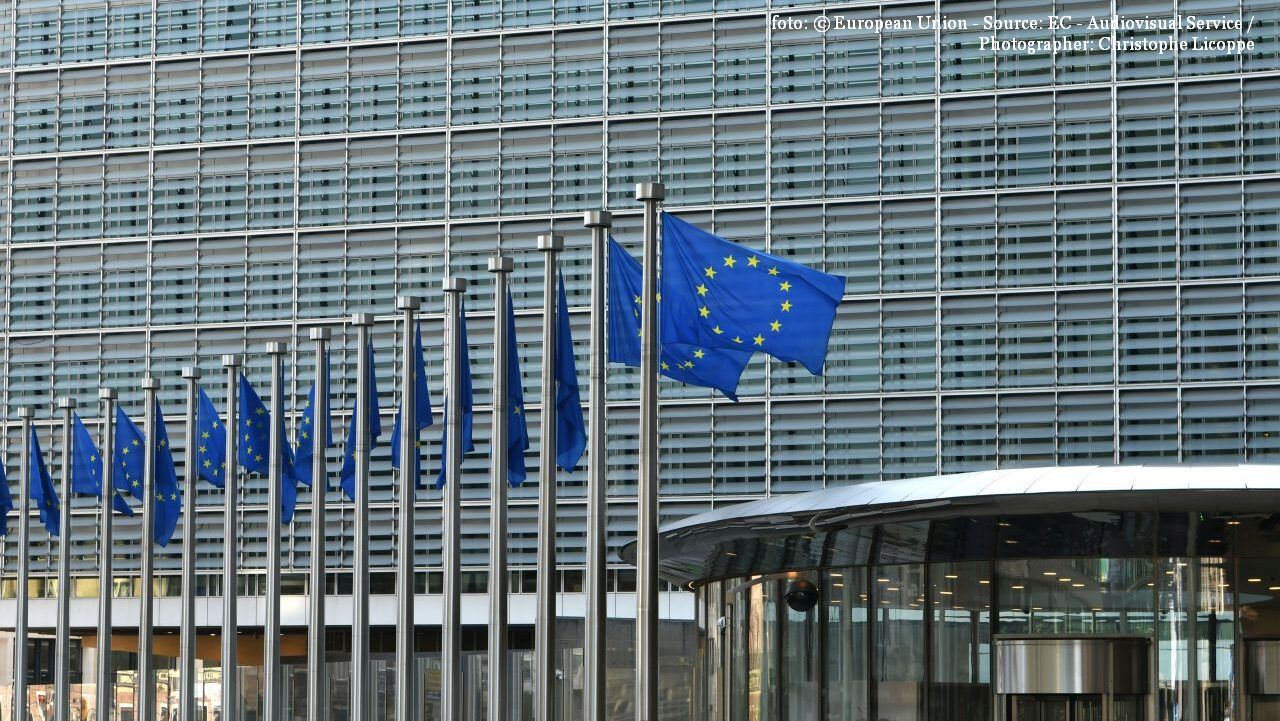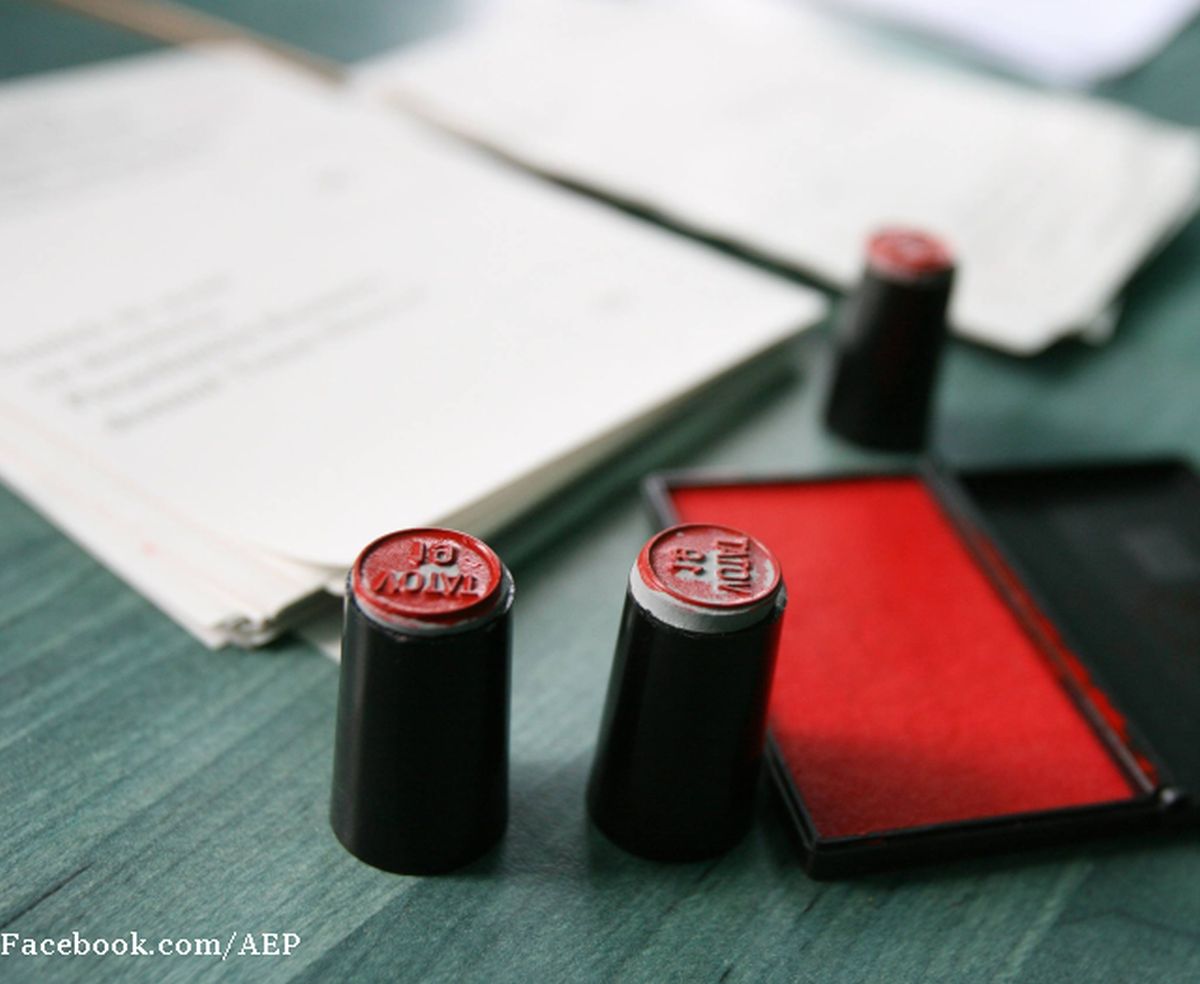Romania gets loans with negative interests rates
Romania has taken out loans from the domestic market at a negative interest rate, a first for the country.

Daniela Budu, 28.02.2020, 13:14
Romania has taken out loans from banks on the domestic market, at negative interest rates, the country’s acting Finance Minister, Florin Citu, has announced. According to data made public by the Central Bank (BNR), Romania has for the first time borrowed 150 million Euro at a negative interest rate of – minus 0.11% per year. Florin Citu has made it clear that Romania enjoys the support and trust of the investors: “Investors trust Romania, which is why we have been able to take out loans in Euro, at a negative interest rate. This is to dispel any doubts regarding our work and prove that we do the right thing for Romania. Today we have this clear proof, as Romania borrows at a negative interest rate. It is a historic achievement.”
The Finance Minister has explained that a negative interest means that the amount to be repaid this August will be smaller than the amount borrowed. Thus, the burden of loans is no longer shifted to future generations and the country gives back to the banks less money than the amount it borrowed. Negative interest rates are instruments frequently used by central banks in Europe and the world, in order to stimulate lending and to discourage companies and individuals to deposit their money. This move comes against the background of warnings launched by economists, according to whom Romania cannot borrow money at levels similar with the more developed countries.
The Central Bank’s Chief Economist, Valentin Lazea, says that political leaders in Bucharest should understand the main reasons why the level of debts cannot go up indefinitely. Valentin Lazea: “Britain, for instance, in spite of the fact that its total debt – which includes the governmental sectors, households and companies – accounts for 300% of the GDP, its receivables around the world are much bigger. Romania, on the other hand, in spite of a total debt of around 120% of the GDP, has a very small amount to cash in. The wealth of a country is given by receivables minus debts.”
Valentin Lazea says that a level of 3% of the GDP is not good. For a country like Romania, he has also said, the ideal deficit should be 1% at the most, while in the periods of economic growth there should be budget surplus.
(Translated by Elena Enache)






























